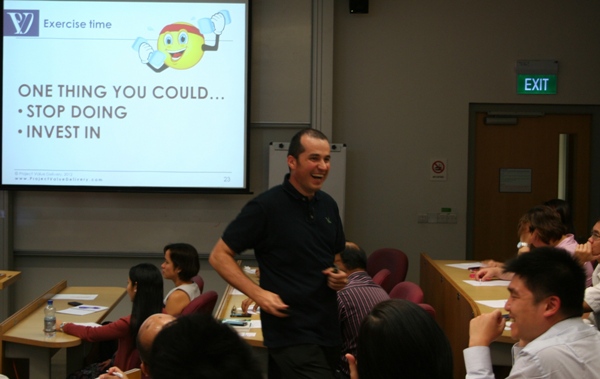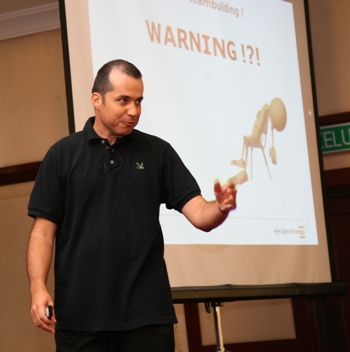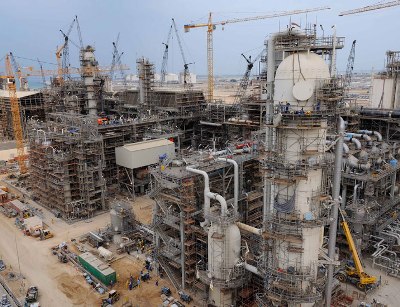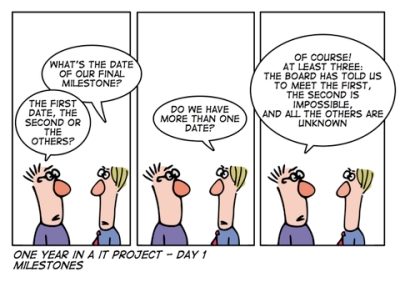How to Manage Allowances and Contingency in Your Schedule
It is quite amazing that in conventional project management practice, risk management is widely applied to cost (with allowances and contingency), but not so much to schedule. And this happens although for large, complex projects, schedule is the main driver of the project performance! In particular, appropriate convergence at the few critical points of the project play a crucial role. Why and how can we extend the concept of allowance and contingency in the field of schedule management? Discover this amazing topic in our new White Paper 2012-18 “How to Manage Allowances and Contingencies in Your Schedule”.
Schedule risk is generally considered activity by activity, and no buffer of “time pot” is actually created like it is when it comes to money. Why not use the same methods than the ones applied to cost: use activity floats and overall buffers as allowances and contingencies are used in cost?
This would avoid systematic padding of activity duration, as is commonly observed. Explicit activity floats and buffers would allow a healthy monitoring of the effective convergence and progress of the project toward the due date.
Our schedule management system in large, complex projects needs to be deeply overhauled to avoid having project managers constantly try to slow down the inevitable passing of time…
Instead of hanging on the clock trying to stop the catastrophe from happening, read our new White Paper 2012-18 “How to Manage Allowances and Contingencies in Your Schedule”!












Define Clearly your Project Objectives! Why is this Key Project Step so Often Skipped?
“Obstacles are those frightful things you see when you take your eyes off your goal” – Henry Ford
Project Value Delivery’s experience is that project leaders are rarely clear on what are their actual project objectives, as seen from the stakeholders’ perspective. And wide gaps of appreciation will often appear later between the performance of the project as measured by the project team, the project leader, the sponsor and other stakeholders.
Setting up the right project objectives protects the project team
Being clear from the beginning on the project objectives and developing a shared understanding is a primordial step that is too often skipped.
In our new White Paper 2012-13 “Define Clearly your Project Objectives! Why is this Key Project Step so Often Skipped?“, we examine what is the appropriate process for setting up detailed project objectives, and why it is so often skipped whereas it is so critical for the project team!
Did you skip the crucial step of clearly stating your project objectives to your team and your stakeholders? It’s not too late but do it now.
Learn why and how in our new White Paper 2012-13 “Define Clearly your Project Objectives! Why is this Key Project Step so Often Skipped?“